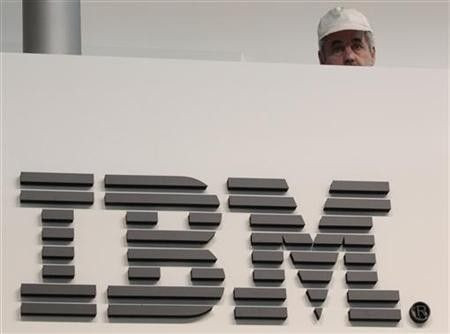DARPA Awards $21 Million for IBM Cat Brain SyNAPSE Project

Researchers at IBM are collaborating with the U.S. Defense Advanced Research Projects Agency for the Phase 2 of the much- speculated cognitive computing project called SyNAPSE.
The agency has awarded approximately $21 million for the funding of the next phase of the Systems of Neuromorphic Adaptive Plastic Scalable Electronics project, which aims to create computing systems that emulate the human brain's computing efficiency, size and usage of power without any kind of programming.
The researchers aim to do this by reproducing the structure and architecture of the brain: the way its elements receive sensory input, connect to each other, adapt these connections, and transmit motor output, Darmendra Modha, manager of cognitive computing at IBM's Almaden Research Center, stated on an official IBM blog Thursday.
IBM is combining principles from nanoscience, neuroscience and supercomputing as part of a multi-year cognitive computing initiative, Modha said.
Techies at IBM have already completed the Phase 0 and 1 of the project with the first phase involving the simulation of the cortex of a cat brain on an IBM supercomputer having 144TB of memory and establishing the basic synaptic circuits for the brain chip.
The basic idea is to have the same kind of computing feats that the animal has, like jumping on a fence using only binocular vision.
IBM is planning to develop SyNAPSE supercomputers first at cat level and then move over the complete range of higher mammalian intelligence, including the likes of Einstein and Alexander the Great.
Following the completion of Phase 0, the next phase involved the simulation and construction of prototype brain chips. This is quite different from simulating them like common desktops using sequentially processing von Neumann-style processors.
This is a major initiative to move beyond the von Neumann paradigm that has been ruling computer architecture for more than half a century, stated Modha. Future applications of computing will increasingly demand functionality that is not efficiently delivered by the traditional architecture. These chips are another significant step in the evolution of computers from calculators to learning systems, signaling the beginning of a new generation of computers and their applications in business, science and government.
These neurosynaptic chips produced by IBM aim to emulate the brain computing systems by replicating the function of synapses, neurons, and axons in the brain to provide memory, computation, and communication. So far, IBM has created two prototype neurosynaptic chips thus far, which have 256 simulated neurons.
© Copyright IBTimes 2024. All rights reserved.





















